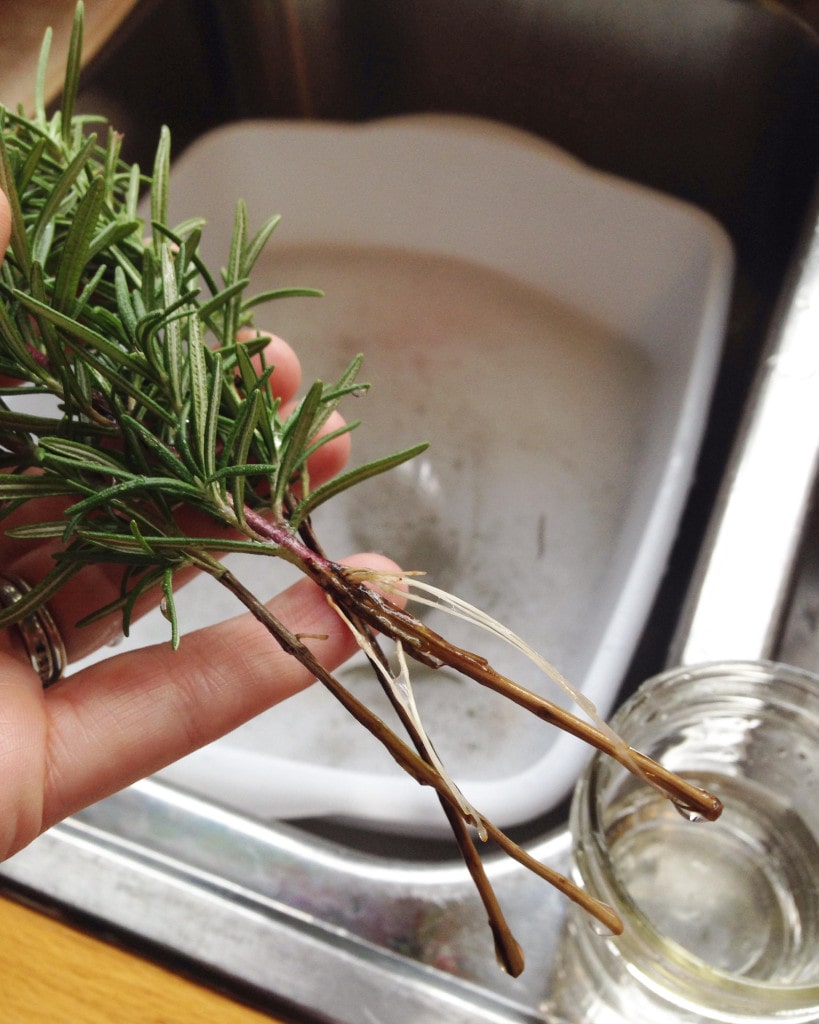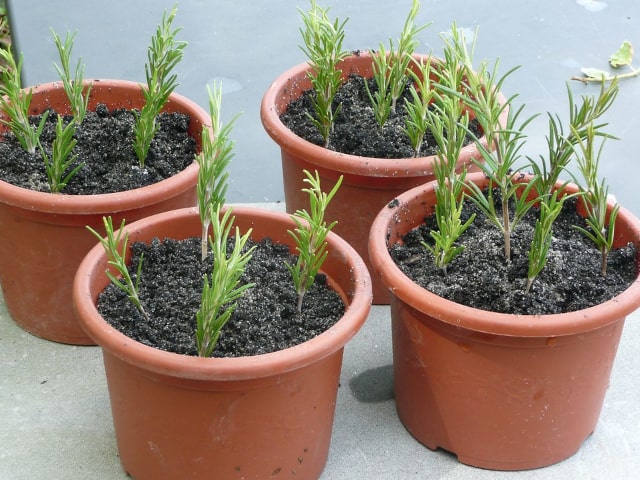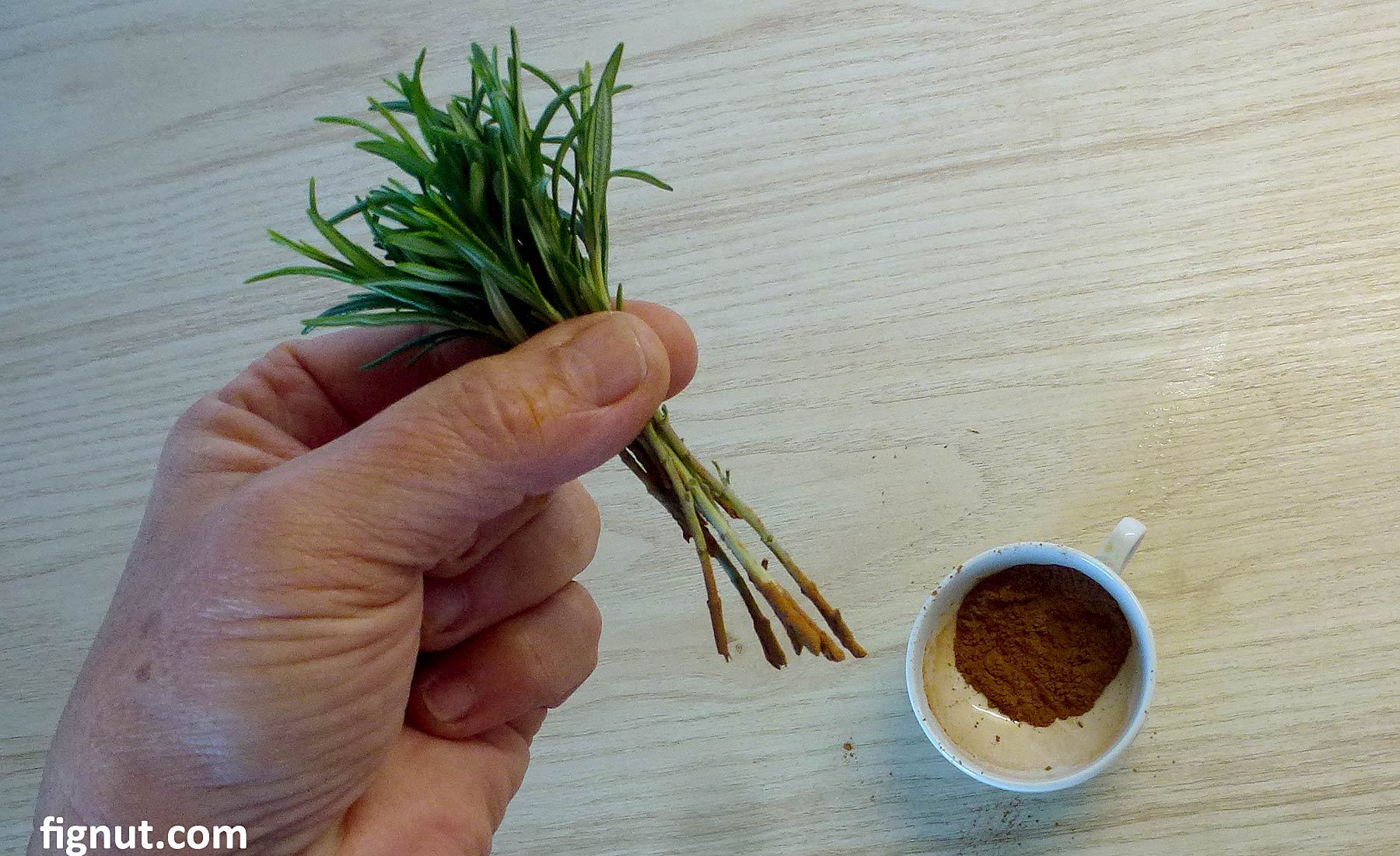Unlocking the Secrets of Rosemary Cuttings
When it comes to propagating rosemary from cuttings, the benefits are numerous. Not only can you clone your favorite plants, but you can also share them with friends and family, creating a sense of community and connection through the love of gardening. By using healthy, disease-free parent plants, you can ensure that your new rosemary plants will thrive and provide fresh herbs for years to come. This method of propagation also offers a cost-effective way to multiply rosemary plants, making it an attractive option for gardeners of all skill levels. Whether you’re looking to expand your herb garden or simply want to learn how to propagate rosemary from cuttings, this technique is a valuable skill to master.
Choosing the Right Rosemary Variety for Propagation
When it comes to propagating rosemary from cuttings, selecting the right variety is crucial for success. With over 150 different types of rosemary plants, each with its unique characteristics and growth habits, it’s essential to choose a variety that is well-suited for propagation. Popular varieties like ‘Tuscan Blue’ and ‘Miss Jessop’s Upright’ are excellent choices for beginners, as they are known for their high propagation success rates and robust growth. Other varieties, such as ‘Arp’ and ‘Hill Hardy’, are also popular among gardeners due to their cold hardiness and compact growth habits. By selecting a healthy, disease-free parent plant from a suitable variety, you’ll be well on your way to successfully learning how to propagate rosemary from cuttings.
How to Take Rosemary Cuttings like a Pro
To successfully propagate rosemary from cuttings, it’s essential to take high-quality cuttings from healthy, disease-free parent plants. The best time to take rosemary cuttings is in the morning, when the plant is at its highest water content. Using sharp, clean pruning tools, cut 3-5 inch stem sections from the tip of the rosemary branch, just above a node (where a leaf meets the stem). Make a clean cut at a 45-degree angle, and remove all lower leaves, leaving only a few leaves at the top of the cutting. This helps prevent the cutting from drying out and promotes root growth. By following these steps, you’ll be well on your way to learning how to propagate rosemary from cuttings like a pro.
The Role of Root Hormone in Rosemary Propagation
When it comes to propagating rosemary from cuttings, using root hormone can significantly increase the chances of success. Root hormone powder or liquid contains plant growth regulators that stimulate root growth and development, helping the cutting to establish a strong root system. By applying root hormone to the cut end of the rosemary cutting, gardeners can promote healthy root growth, reduce the risk of root rot, and increase the overall success rate of propagation. This is especially important when learning how to propagate rosemary from cuttings, as it can be a challenging process. By incorporating root hormone into the propagation process, gardeners can give their rosemary cuttings the best possible start in life, setting them up for success and ensuring a bountiful harvest of fragrant, flavorful rosemary.
Creating the Perfect Environment for Rooting Rosemary Cuttings
To successfully propagate rosemary from cuttings, it’s essential to create an environment that fosters healthy root growth and development. The ideal temperature for rooting rosemary cuttings is between 65°F to 75°F (18°C to 24°C), with high humidity to prevent moisture loss. Bright, indirect light is also crucial, as it promotes photosynthesis and root growth. To create a propagation tray, fill a shallow tray with a well-draining potting mix, and plant the rosemary cuttings about 1-2 inches deep. Water gently but thoroughly, and cover the tray with a clear plastic bag or cloche to maintain humidity. Alternatively, a greenhouse or propagation chamber can provide the perfect conditions for rooting rosemary cuttings. By providing the right environment, gardeners can increase the chances of successful propagation and learn how to propagate rosemary from cuttings with ease.
Common Mistakes to Avoid When Propagating Rosemary
When learning how to propagate rosemary from cuttings, it’s essential to be aware of common mistakes that can lead to failed propagation. One of the most common mistakes is overwatering, which can cause the cutting to rot before it has a chance to develop roots. On the other hand, underwatering can also be detrimental, as it can cause the cutting to dry out and die. Inadequate light is another common mistake, as rosemary cuttings require bright, indirect light to promote healthy root growth and development. Other mistakes include using low-quality potting mix, failing to remove lower leaves, and not providing enough humidity. To avoid these mistakes, gardeners should ensure they are using healthy, disease-free parent plants, and follow proper techniques for taking and rooting rosemary cuttings. By being mindful of these common mistakes, gardeners can increase their chances of successful propagation and enjoy the many benefits of growing rosemary from cuttings.
Caring for Your Newly Propagated Rosemary Plants
Once you’ve successfully learned how to propagate rosemary from cuttings, it’s essential to provide proper care for your newly propagated plants. Watering is crucial, as rosemary plants require consistent moisture, especially during the first few weeks after propagation. However, be cautious not to overwater, as this can lead to root rot and other problems. Fertilizing is also important, as it provides essential nutrients for healthy growth and development. A balanced, water-soluble fertilizer applied at half strength can promote healthy growth and prevent nutrient deficiencies. Pruning is another critical aspect of caring for newly propagated rosemary plants. Prune your plants regularly to encourage bushy growth, promote root development, and increase yields. When transitioning your plants to outdoor conditions, gradual acclimation is key. Start by moving your plants to a shaded area outdoors for a few hours a day, gradually increasing the duration over the course of 7-10 days. By following these care tips, gardeners can ensure their newly propagated rosemary plants thrive and provide years of enjoyment.
Conclusion: The Joy of Propagating Rosemary from Cuttings
By mastering the art of propagating rosemary from cuttings, gardeners can unlock a world of possibilities for sharing and enjoying their favorite herbs. With the ability to clone healthy, disease-free parent plants, gardeners can preserve the unique characteristics of their favorite rosemary varieties and share them with friends and family. By following the steps outlined in this article, gardeners can successfully learn how to propagate rosemary from cuttings and enjoy the many benefits this technique has to offer. Whether you’re a seasoned gardener or just starting out, propagating rosemary from cuttings is a rewarding and creative way to expand your herb garden and explore the world of rosemary cultivation. So why not give it a try? With a little patience and practice, you’ll be enjoying the fruits of your labor in no time. Remember, the key to successful propagation is attention to detail, proper care, and a willingness to experiment and learn. Happy propagating!







